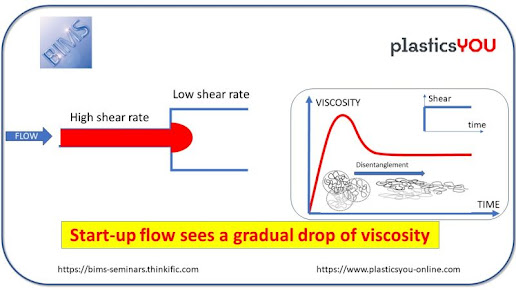Solvay at K 2013: Launched Bio-based Kalix® HPPA Series for Smart Mobile Devices
Solvay Specialty Polymers has announced a major extension of its Kalix® high-performance polyamide (HPPA) product line, launching a new portfolio of bio-based high-performance polyamides offered for use in smart mobile devices such as smart phones, tablets, laptops, and other smart mobile electronics. The introduction includes the Kalix® HPPA 3000 series, the first bio-based amorphous polyphthalamides (PPAs), and the Kalix® 2000 series, a family of bio-sourced semi-crystalline polyamide grades that provide outstanding impact performance. Solvay unveiled the new materials at K 2013.
The Kalix® 3000 series breaks new ground as the industry's first bio-based amorphous PPA which delivers exceptional processability. The two new grades — Kalix® 3850 and Kalix® 3950 — provide less warp, reduced shrinkage, and low to no flash. This improved processability results in tighter dimensional tolerances and more cost-effective manufacturing due to fewer secondary operations such as deflashing. The two compounded grades consist of 16% renewable content according to the ASTM D6866 test method for determining bio-based carbon content. One of the key raw materials for the Kalix® 3000 series is a renewably sourced material supplied by sister company Solvay Novecare, a specialty supplier of surfactants, polymers, amines, solvents, guar, and phosphorus derivatives.
"The launch of the industry's first bio-based amorphous PPA is a major breakthrough because it extends the performance profile of bio-basedpolyamides," said Tom Wood, senior vice president of crystalline products for Solvay Specialty Polymers. "Our new series is a renewably sourced option that not only meets sustainability needs but also delivers world-class performance and processability."
Under the development work, Solvay utilized the specialized resources of its R&D teams in India, Belgium, China, and the U.S. while also taking advantage of new Solvay raw materials captively available since the Rhodia acquisition in 2012, according to Wood.
Meanwhile, the new Kalix® 2000 series of semi-crystalline materials, based on PA 6, 10, consists of Kalix® 2855 and Kalix® 2955. They provide strong mechanical properties, high impact, exceptional surface finish, and low moisture absorption. These two compounded grades consist of 27% renewable content according to ASTM D6866.
Both the Kalix® 2000 and 3000 series compounds offer manufacturers more sustainable options while providing the exceptional physical attributes and processing capabilities that are required in demanding structural applications such as injection molded chassis, housings, and covers, according to Sebastien Petillon, global market manager electronics for Solvay Specialty Polymers. "Our expanded portfolio of bio-based polyamides is driven by environmentally-conscious manufacturers who are continually striving for more sustainable alternatives," said Petillon. "These manufacturers also seek tailored materials to meet targeted application needs, taking advantage of Solvay Specialty Polymers' wide portfolio."
Both the 2000 and 3000 series contain monomers that come from the sebacic acid chain which is derived from non-food competing and GMO-free castor oil. Overall, in addition to their renewable content, the grades introduced today (between 50-55% glass fibers loading) provide greater strength and stiffness than most competing glass-reinforced materials including high-performance polyamides and lower-performing engineering plastics such as polycarbonate.
The introduction of the Kalix® 2000 and 3000 series represents a major expansion of Solvay's long-time offering of Ixef® polyarylamide (PARA) and Kalix® HPPA grades which have served the mobile electronics market the past 15 years. The new bio-based grades are expected to penetrate a greater share of smart mobile device applications due to their easier processability compared to Ixef® PARA, according to Petillon. Ixef® will continue to be used in niche structural applications where the ultimate combination of strength, stiffness, and surface finish are key requirements. The Kalix® 9000 series, currently one of the leading structural high-performance polyamide-based materials for the smart device industry since its debut in 2009, will also continue to be offered and improved for applications that don't require the bio-based composition and exceptional processing of the Kalix® 2000 and 3000 series.
Both the Kalix® 2000 and 3000 series offer an excellent surface finish. They can be matched to a wide range of colors including the bright and light colors of the smart device industry and can be painted using existing coatings commonly used for portable electronic devices. The new materials are available globally and Solvay intends to primarily manufacture in the region of sale, according to Petillon. The company expects most production to be conducted at its Changshu, China, facility since Asia is the primary manufacturing center for smart mobile devices.
Both Kalix® 2955 and 3950 have been qualified and specified by OEMs for use in smart mobile devices. Solvay is already developing next-generation bio-based products with enhanced flow, better mechanical performance, and higher renewable content for constantly redesigned and innovative smart mobile devices.


Comments
Post a Comment